19th century building facade "remuddled" with 1920's art deco polychromatic terra cotta cornice
This entry was posted on June 9 2016 by Eric
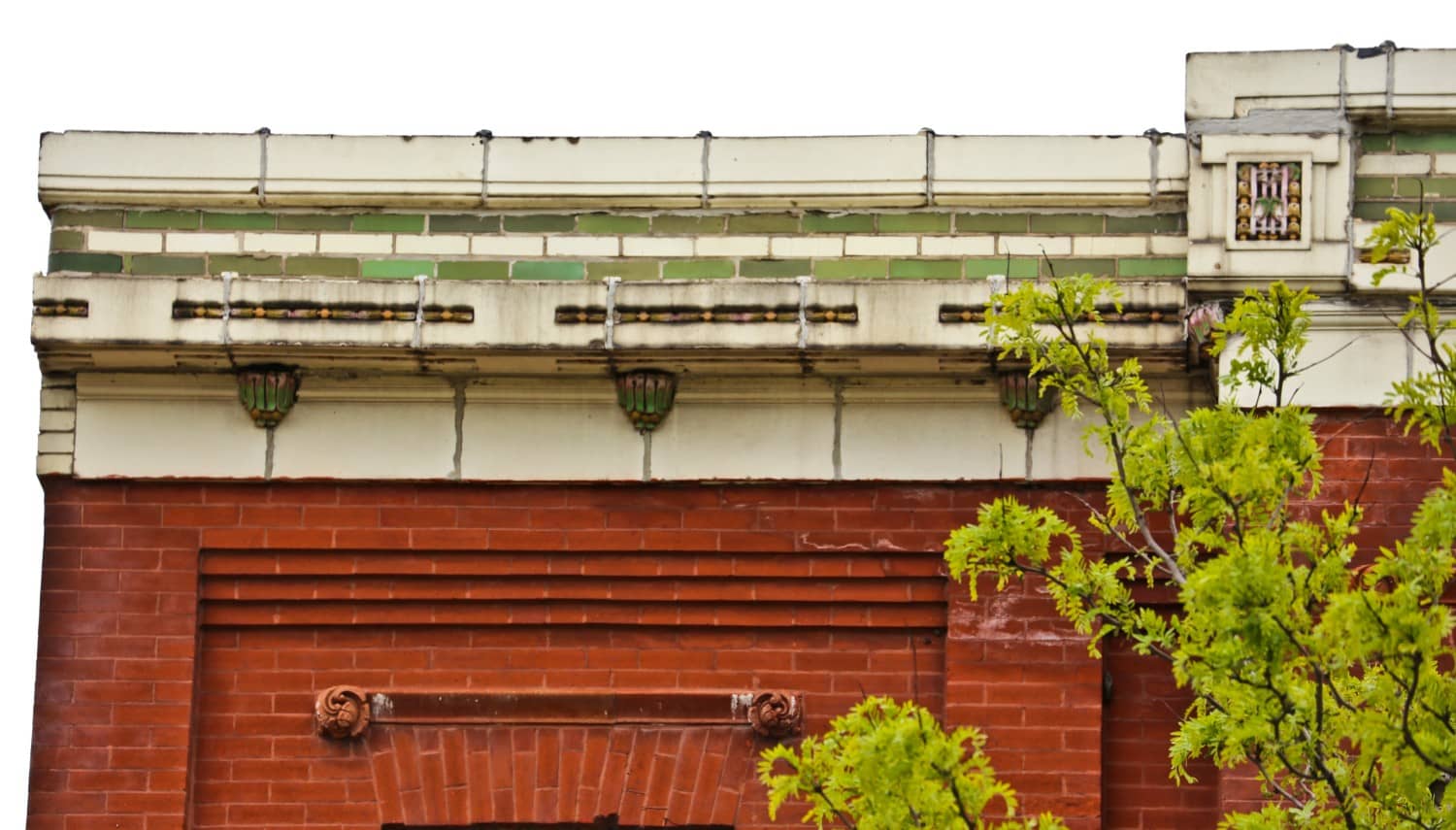
the great majority of extant 19th century chicago commercial building facades have succumbed to those 20th century remuddlings that greatly disfigure or altogether destroy the integrity of a building's original architectural character. the replacement of windows to make them more energy efficient is one thing, but more often than not the cornice and street level storefront are heavily targeted, with the latter catering to fleeting design trends or a change in identity that suits the existing tenant's services. the cornice on the other hand is typically chopped off due to structural damage, in which corrosion or rot causes water infiltration to weaken the surrounding facade or create leaks in the roof. instead of being viewed as an integral design component to the facade's architectural identity, the cornice is regarded as a nuisance, representing old or outdated ornament. the quick and easy solution which is often gravitated toward, especially if prolonged exposure to the "elements" have caused severe damage, is to scalp it clean off the facade and cap it with more weather-resistant materials (however insensitive this might be).
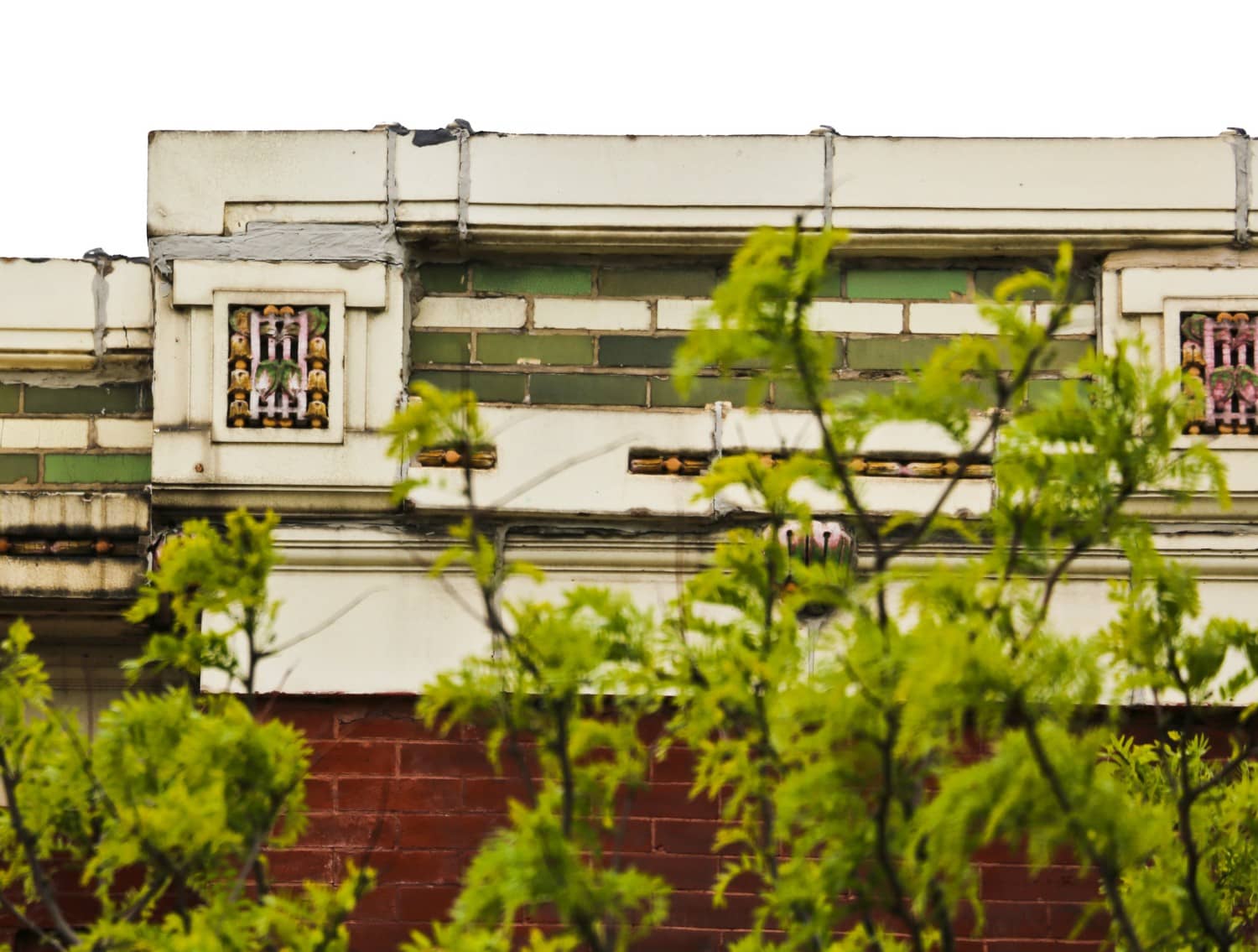
this unwitting neglect, or improper maintenance of a historic building's cornice (which contributes immensely to the visual appeal and distinction of a given streetscape), is especially tricky given the protruding ornamental cornices from the 19th century were, for the most part, comprised of materials which are highly sensitive to the outdoor elements-- stamped tin or zinc in earlier buildings, or fret-sawn brackets and bargeboard. whether you page through a period catalog that fabricated metal or wood cornices, or come across a rare instance in which an original cornice has been spared for one reason or another, it is hard not to experience a profound sadness by this grim reminder that many of the buildings left standing have suffered senseless disfigurements, disrupting the harmony that ornamentation bestows.
but every now and then i will stumble across an early remuddling or alteration that clearly does not belong, appearing comically odd, or perhaps forcefully integrated into an existing design scheme. the building in question and subsequent salvage is one such example, where a 19th century richardsonian romanesque masonry commercial building accentuated with massive limestone archtop entrances and intricate terra cotta embellishment (fabricated by northwestern terra cotta company) was substantially altered during the 1920's.
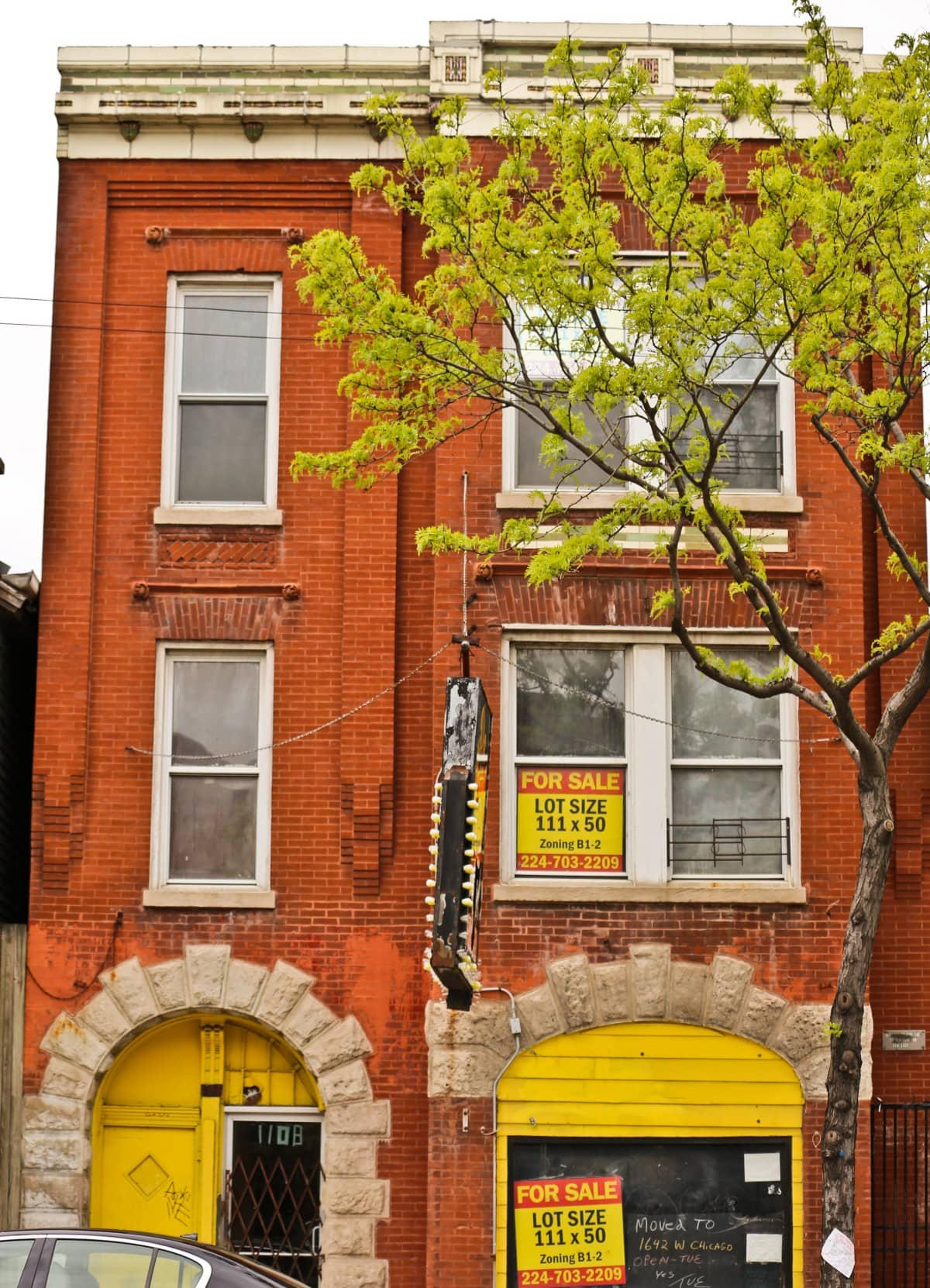
a newly added cornice, consisting of exceptional, brightly colored polychromatic terra cotta ornament was anchored as an assemblage against the roofline, which likely contained a heavily ornamented cornice comprised of stamped or pressed metal. although the art deco style terra cotta and its color scheme is impressive in its own right, it terribly disrupts the original identity of this solidly constructed romanesque building. i'm still mulling over why the building owners at the time chose to have a terra cotta fabricator construct and assemble a colorful cornice with stylistic elements that would hurtle the building into an identity crisis. perhaps i will never know.
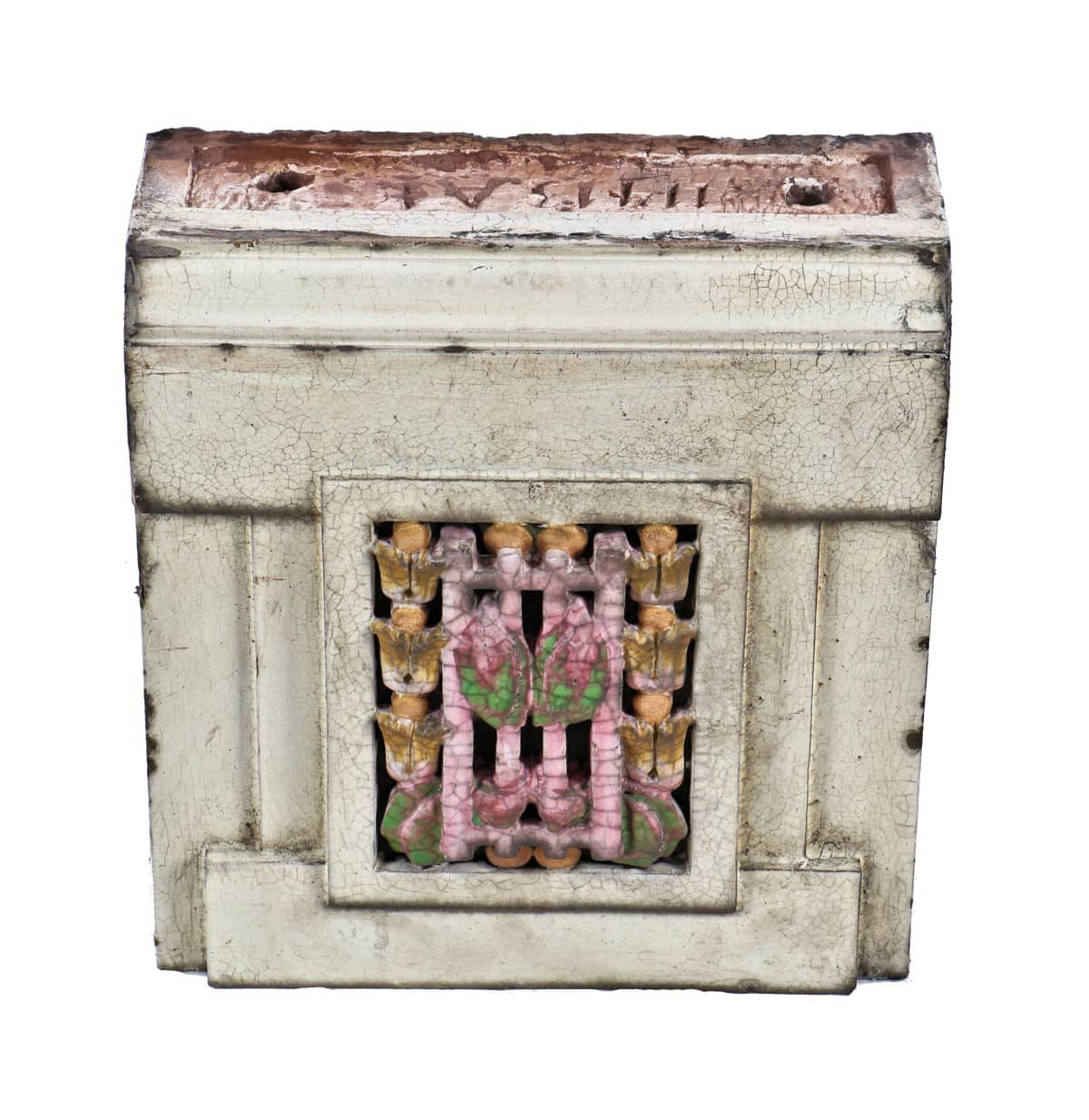
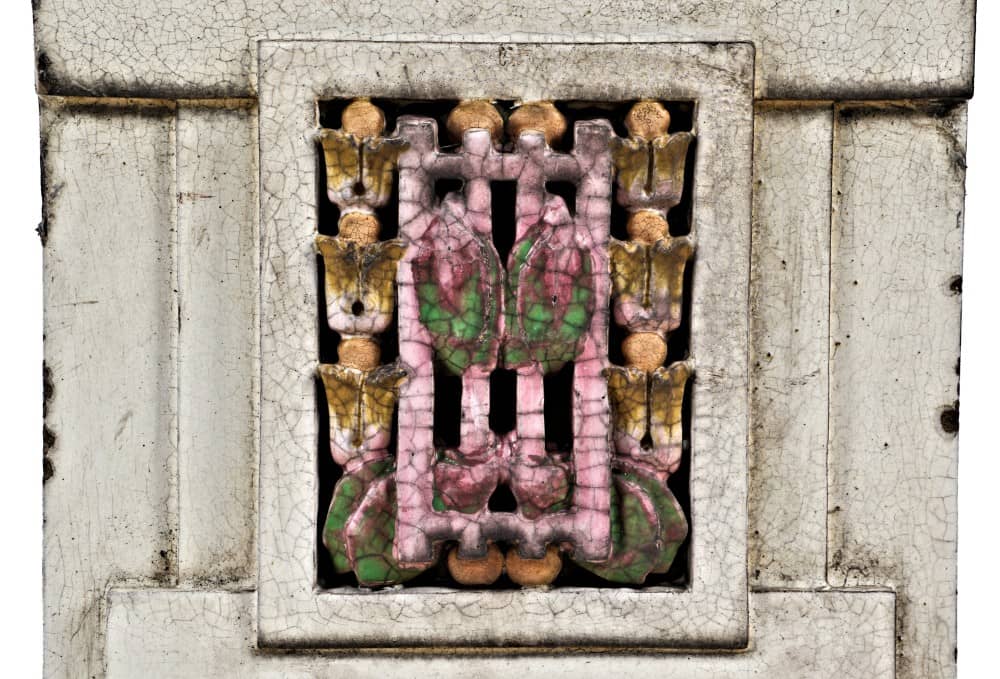
irregardless, this marriage of different styles from two distinct time periods, applied to a single building's facade, merits thorough documentation and perhaps additional research. i would hope to determine how other 19th century buildings were "upgraded," when terra cotta reached its peak popularity as a building material.
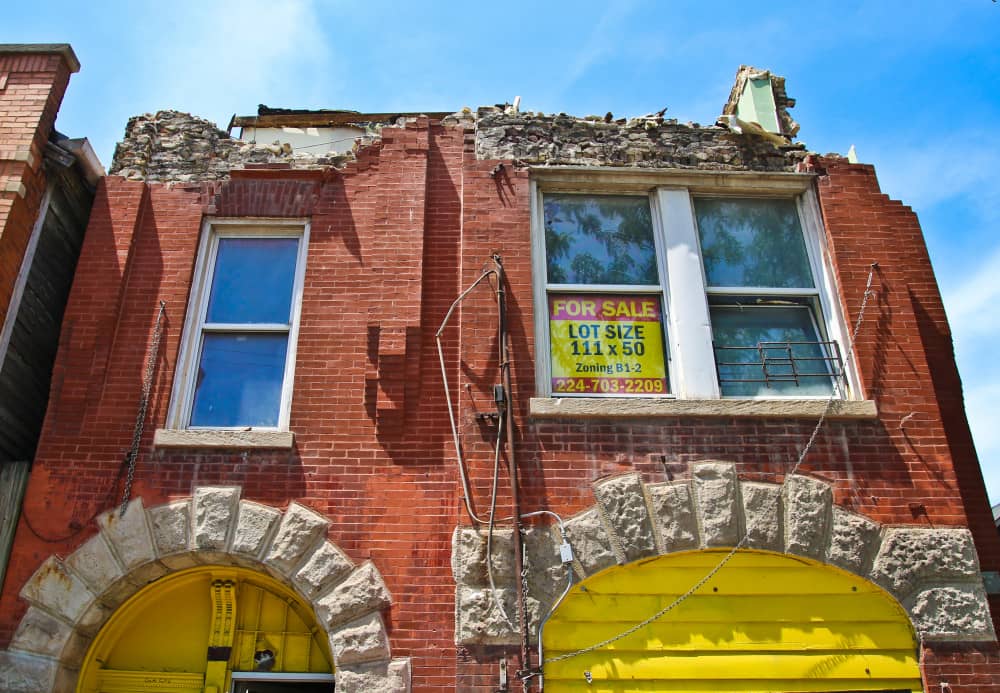
This entry was posted in , Miscellaneous, Salvages, Bldg. 51, New Products, Events & Announcements, New Acquisitions, Featured Posts & Bldg. 51 Feed on June 9 2016 by Eric
WORDLWIDE SHIPPING
If required, please contact an Urban Remains sales associate.
NEW PRODUCTS DAILY
Check back daily as we are constantly adding new products.
PREMIUM SUPPORT
We're here to help answer any question. Contact us anytime!
SALES & PROMOTIONS
Join our newsletter to get the latest information
























